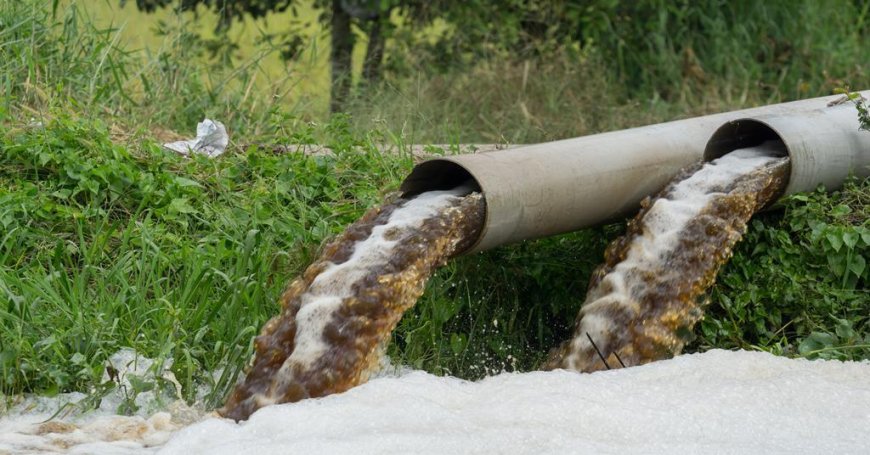Innovative Electrochemical Method Cleans Nitrate-Contaminated Water Safely and Economically
Researchers from China and the US have developed a new technique to reduce nitrate ions in polluted water without using toxic metals. This method offers a promising alternative to the current process of producing ammonia, which contributes to global carbon emissions. The innovative membrane structure efficiently converts nitrates to ammonia at low concentrations, showing great potential for practical applications.

A new technique for reducing nitrate ions in polluted wastewater has been developed by researchers in China and the US. The method does not rely on toxic or precious metals and can work with water containing realistic concentrations of nitrate, offering a potential alternative to the energy-intensive Haber–Bosch process for ammonia production.
Ammonia is a crucial chemical for industries like fertilizer production, but the current method of producing it involves high temperatures and pressures, contributing to global carbon emissions. Nitrates from fertilizers and sewage runoff can lead to harmful algal blooms and health issues like colon cancer when present in drinking water above safe limits.
The new approach involves electrochemically reducing wastewater nitrates to ammonia using a unique membrane structure with atomically dispersed iron within a carbon nanotube framework. This catalyst achieved a high ammonia turnover frequency in water with low nitrogen concentrations, outperforming previous setups. The researchers are exploring methods to extract valuable nitrogen-containing intermediates from the process.
While some experts are impressed by the results, others question the scalability of the method due to challenges in extracting ammonia efficiently. Further research is needed to optimize the process for practical applications.
According to the source: Chemistry World.
What's Your Reaction?
 Like
0
Like
0
 Dislike
0
Dislike
0
 Love
0
Love
0
 Funny
0
Funny
0
 Angry
0
Angry
0
 Sad
0
Sad
0
 Wow
0
Wow
0


























































































































































































